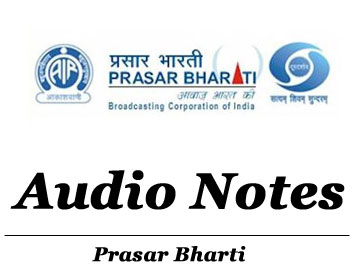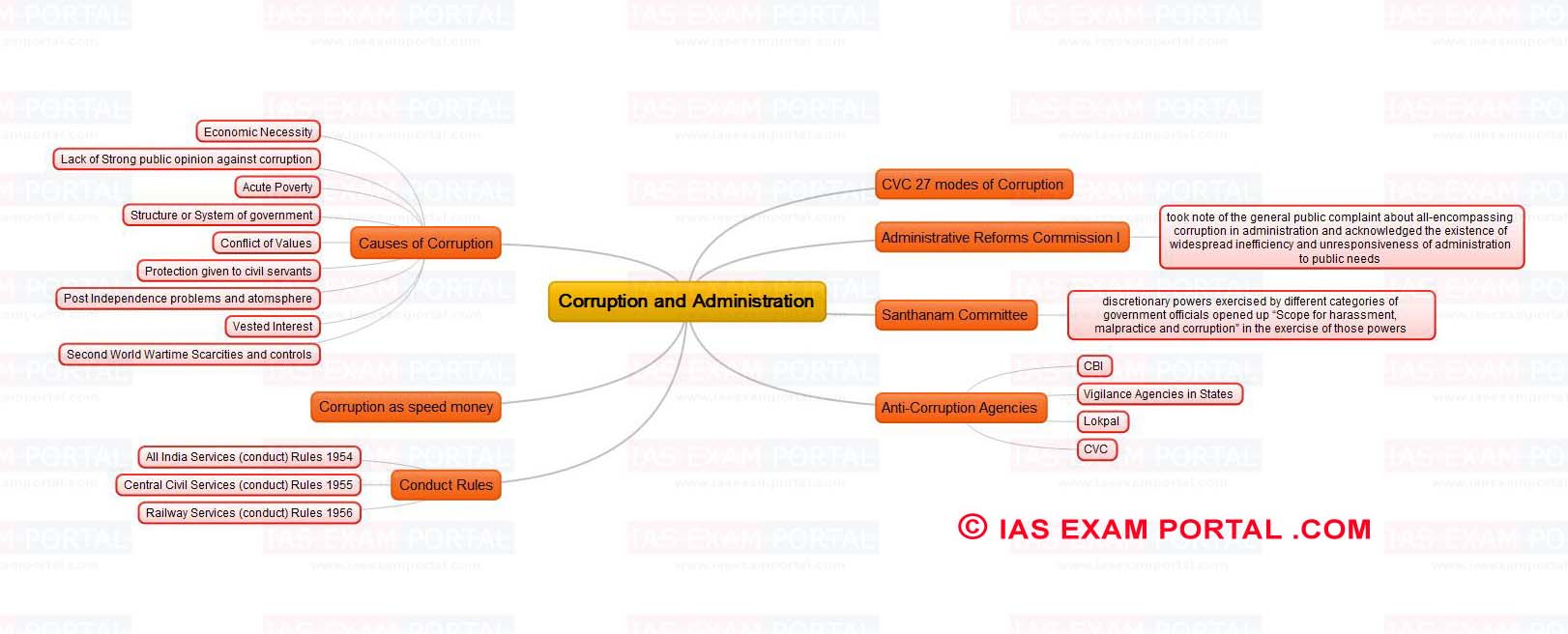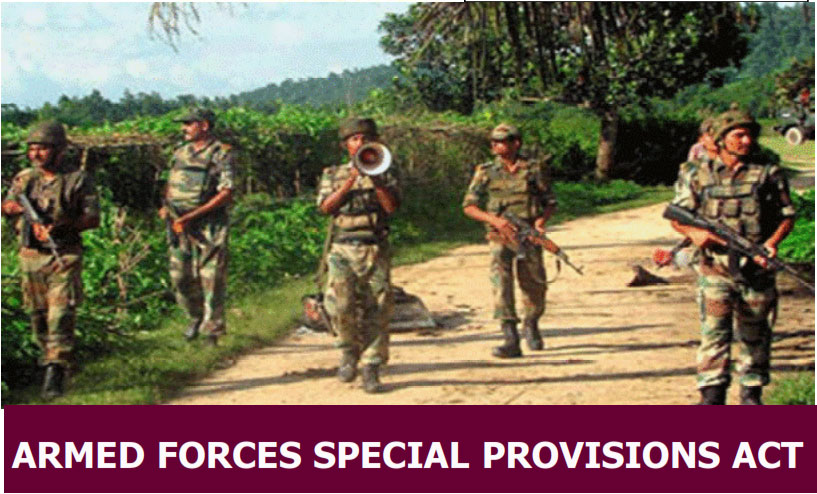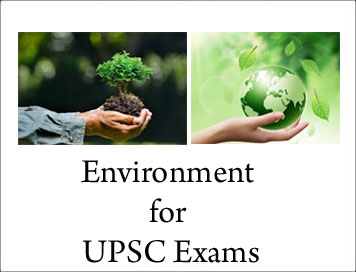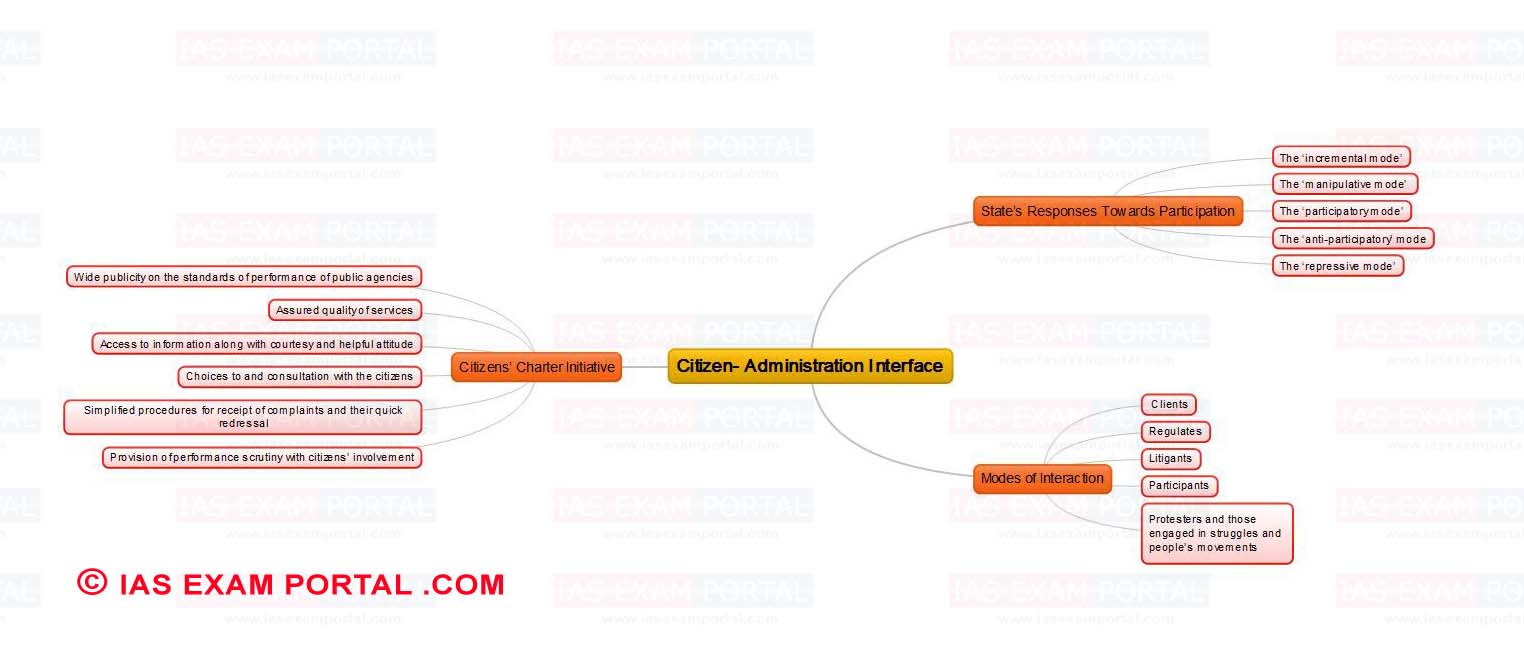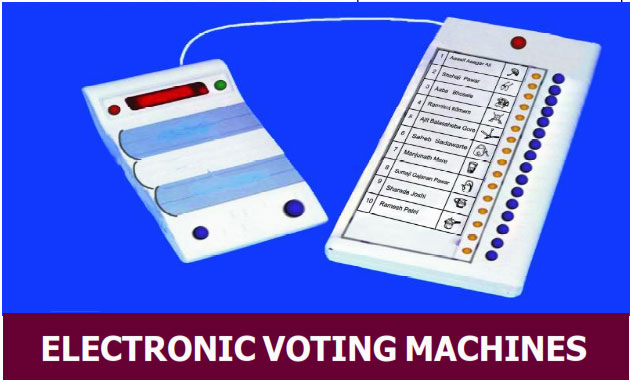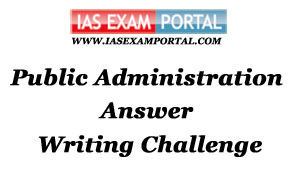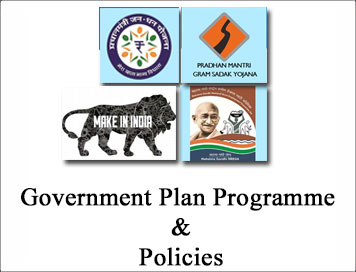
Government Plan Programme Policies for UPSC Exam
::Smart City::
Government has came up with smart city mission. Mission attempts to make cities a better place to live with better infrastructure and clean habitable conditions. The mission will cover 100 cities with in the period of 2015-2020. The mission may be continued after the said period after the evaluation done by Ministry of Urban development. The focus is on sustainable and inclusive development and the idea is to look at compact areas, create a replicable model which will act like a light house to other aspiring cities.
The core infrastructure elements in a smart city would include:
i. adequate water supply,
ii. assured electricity supply,
iii. sanitation, including solid waste management,
iv. efficient urban mobility and public transport,
v. affordable housing, especially for the poor,
vi. robust IT connectivity and digitalization,
vii. good governance, especially e-Governance and citizen participation,
viii. sustainable environment,
ix. safety and security of citizens, particularly women, children and the elderly,
and
x. health and education.
The total number of 100 smart cities have been distributed among the States and UTs on the basis of an equitable criteria. Deciding criteria gives 50 percent weigthage to urban population of the state and rest 50 percent is given to the number of statutory towns in the state. Each state/UT will have atleast one smart city. Uttar pradesh will have highest number of smart cities numbered thirteen, U.P. is followed by Tamil nadu with 12 and Maharastra caps the top three with 10. Same distribution formula has also been used for allocation of funds under Atal Mission for Rejuvenation and Urban Transformation - AMRUT. The distribution of smart cities will be reviewed after two years of the implementation of the Mission. Based on an assessment of the performance of States/ULBs in the Challenge, some re-allocation of the remaining potential smart cities among States may be required to be done by MoUD.
There are some typical features of comprehensive development in Smart Cities which are described below.
i. Promoting mixed land use in area based developments–planning for ‘unplanned areas’ containing a range of compatible activities and land uses close to one another in order to make land use more efficient;
ii. Housing and inclusiveness - expand housing opportunities for all;
iii. Creating walkable localities –reduce congestion, air pollution and resource depletion, boost local economy, promote interactions and ensure
security;
iv. Preserving and developing open spaces - parks, playgrounds, and recreational spaces in order to enhance the quality of life of citizens, reduce the urban heat effects in Areas and generally promote eco-balance;
v. Promoting a variety of transport options - Transit Oriented Development (TOD), public transport and last mile para-transport connectivity;
vi. Making governance citizen-friendly and cost effective - increasingly rely on online services to bring about accountability and transparency, especially using mobiles to reduce cost of services and providing services without having to go to municipal offices;
vii. Giving an identity to the city - based on its main economic activity, such as local cuisine, health, education, arts and craft, culture, sports goods, furniture, hosiery, textile, dairy, etc;
viii. Applying Smart Solutions to infrastructure and services in area-based development in order to make them better. For example, making Areas less vulnerable to disasters, using fewer resources, and providing cheaper services.
Each aspiring city competes for selection as a smart city in what is called a ‘City Challenge’. There are two stages in the selection process. The State/UT begins with shortlisting the potential smart cities on the basis of conditions precedent and scoring criteria and in accordance with the total number allocated to it. The first stage of the competition will be intra-state, in which cities in the State will compete on the conditions precedent and the scoring criteria laid out. These conditions precedent have to be met by the potential cities to succeed in the first round of competition and the highest scoring potential smart cities will be shortlisted and recommended to participate in Stage 2 of the Challenge. In the second stage of the competition, each of the potential 100 smart cities prepare their proposals for participation in the ‘City Challenge’. This is a crucial stage as each city’s Smart City Proposal (SCP) is expected to contain the model chosen, whether retrofitting or redevelopment or greenfield development or a mix thereof, and additionally include a Pan-City dimension with Smart Solutions. An evaluation criteria for the SCPs has been worked out by MoUD based on professional advice and this should act as guidance to the cities for preparing their proposal.
The Smart City Mission will be operated as a Centrally Sponsored Scheme (CSS) and the Central Government proposes to give financial support to the Mission to the extent of Rs. 48,000 crores over five years i.e. on an average Rs. 100 crore per city per year. An equal amount, on a matching basis, will have to be contributed by the State/ULB; therefore, nearly Rupees one lakh crore of Government/ULB funds will be available for Smart Cities development.

